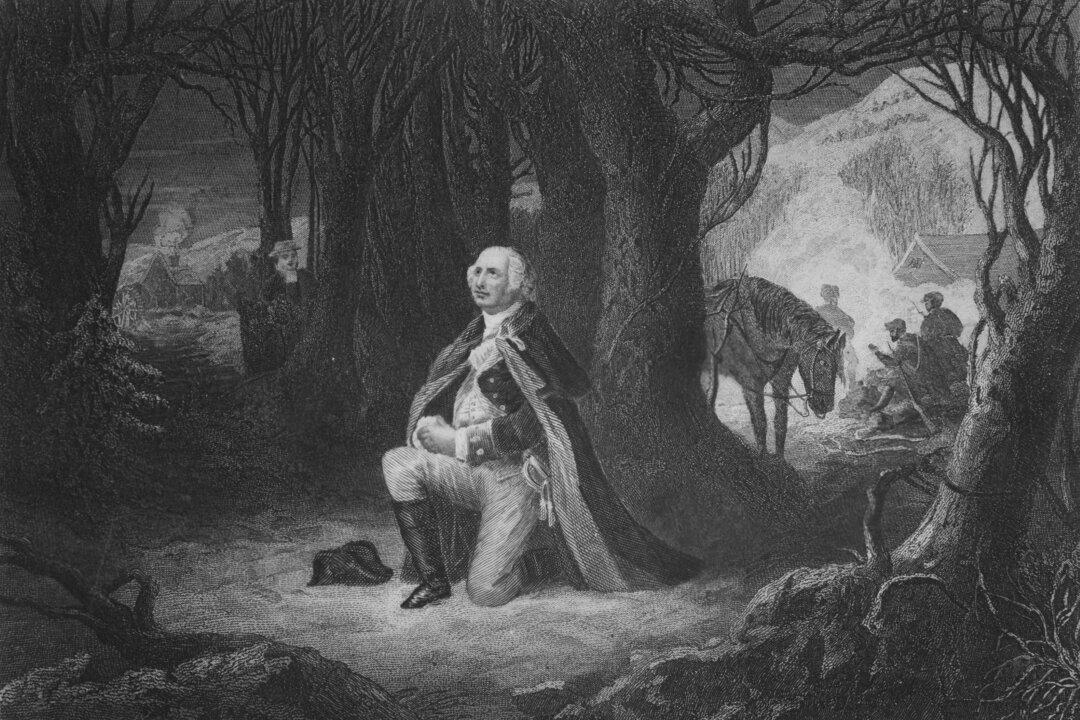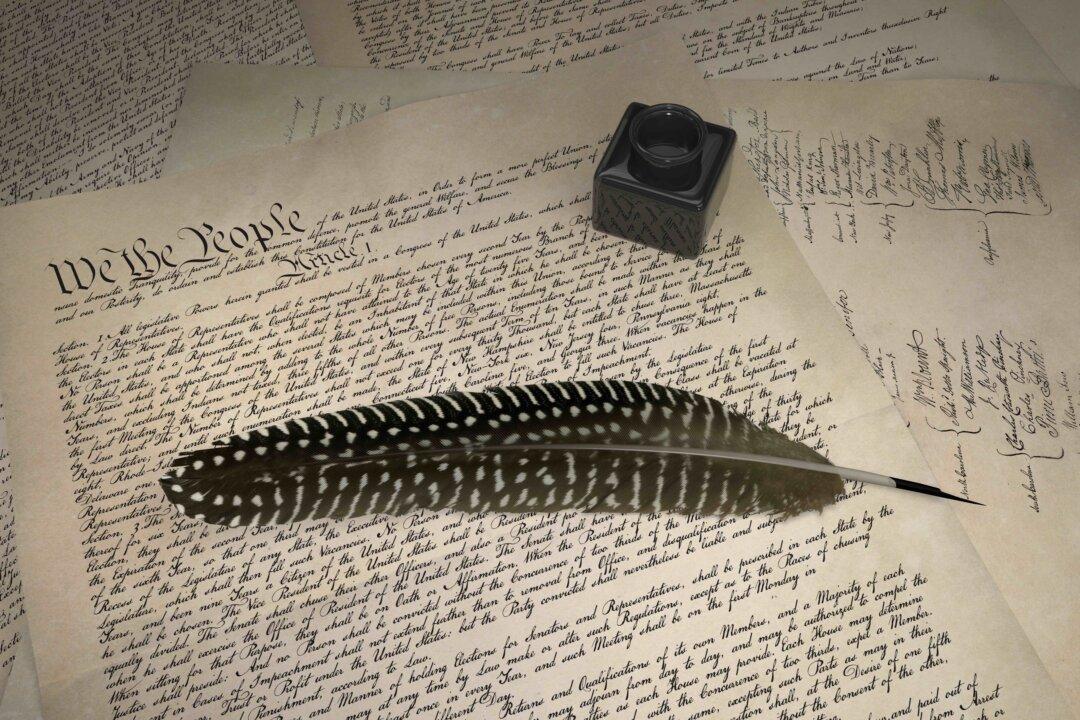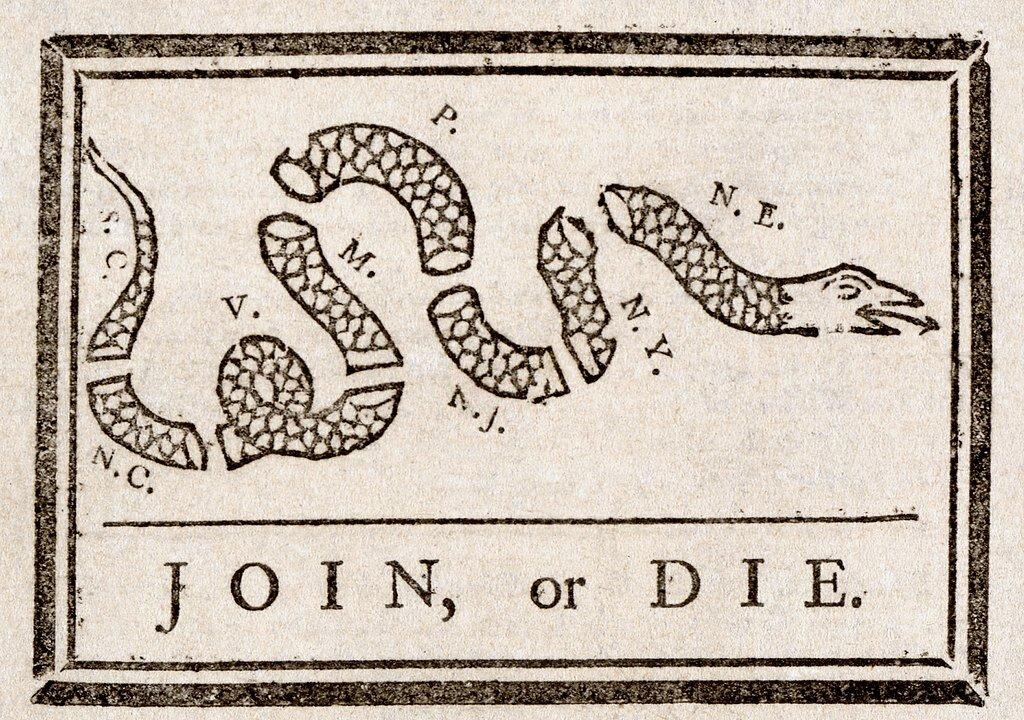It was December 1777, one of the bleakest times during the Revolutionary War. The Continental Army had won a few battles; however, morale suffered as they had also lost a few crucial battles, such as the Battle of Long Island, the Battle for New York, the Battle of White Plains, and the Battle of Bennington. As it was common for armies to take up quarters during the winter, General George Washington chose his army’s quarters to be constructed 25 miles north of Philadelphia, near Valley Forge. The location was strategic—the British Army had captured Philadelphia that fall and the land area had small creeks that would impede attacks due to its uphill location.
The prospects looked dire for the 12,000 men encamped at Valley Forge. The roads were impassable due to snow. The Continental Army was undersupplied and underfed. The men were neglected, with tattered clothing, worn-out shoes, and disheveled hair. Their constructed shelters were dark, cold log huts with dirt floors, a pit, and a sheet for the door, and there were 12 men per hut, leading to rampant disease.



